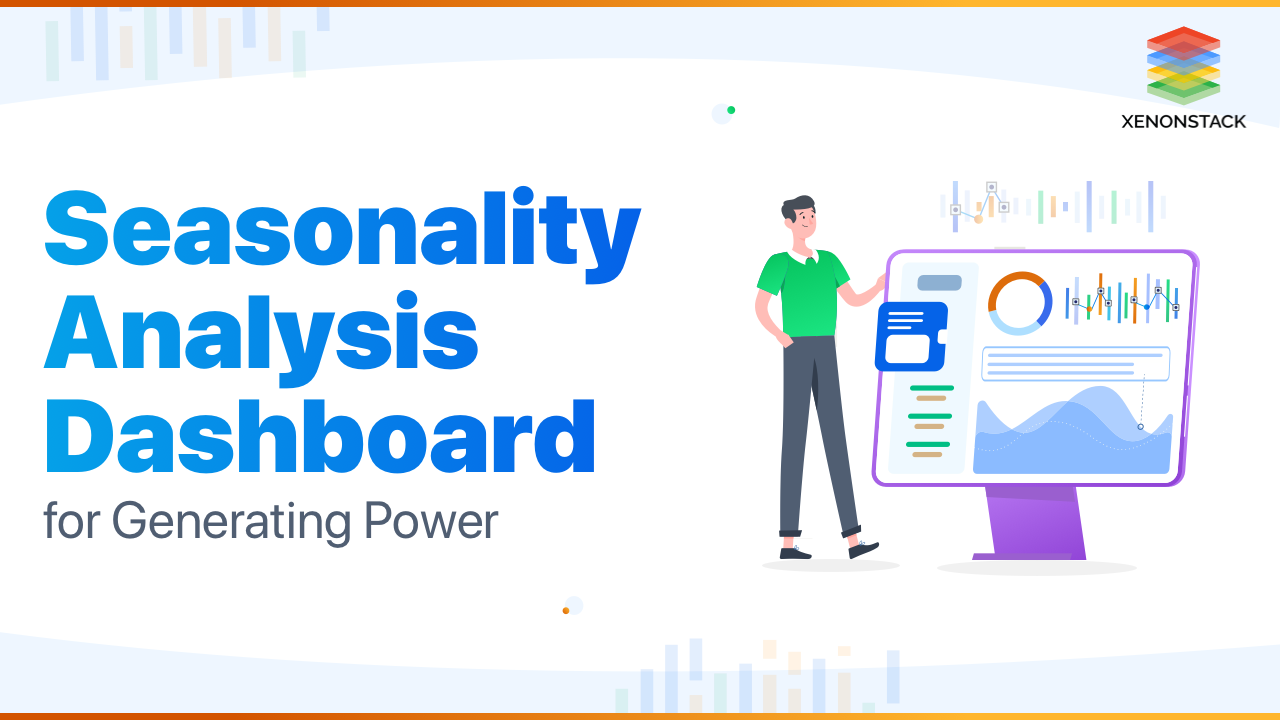
Seasonal Analysis for Power Generation
Wind Power Generation is an eco-friendly yet costly project. The customer will spend a decent amount of cost on land, pieces of equipment, etc for the project, and it will be very helpful if one can predict the future outcomes. Accurate wind power forecasts with the help of various time series algorithms from Machine Learning will help them in the following ways:
- The customer will know how different parameters like wind speed will behave in different months.
- Whether the turbines are actually generating enough energy as expected for that period of time.
- In which quarter customers can observe low or high power generation in the near future?
- What is the trend of power generation in different months?
Solutions for Seasonal Analysis
The analysis in the solution will give you the trends of wind power forecasting and various parameters like wind speed in the 1st, 2nd, 3rd, and 4th quarter at different hours and also the wind speed at 10 meters, at 100 meters, and estimated and actual wind power generation in different months so that the customers can know in advance about trends of all the parameters.
Seasonality Analysis
The Seasonality Analysis is explained below:
Quarterly Analysis
The line charts in figure 1 represent the change in wind speed and power generation for all 4 quarters at different hours of the day.
User Story
The charts in figure 1 represent
- Here, the maximum wind speed can be observed for quarter 2 (April to June) that is in between morning 5 AM to evening 8 PM, and also the minimum wind speed can be observed for quarter1 (January - March).
- The customer can observe that the maximum power generated is in quarter two as we have observed the maximum wind speed is in quarter 2 and minimum speed and power generation in quarter 1.
Monthly Analysis
The charts in figure 2 will give you the monthly analysis i.e the trend followed by actual and estimated power generated for different months, wind speed for different months. The second chart represents the change in the wind for different months at 10-meter height and 100-meters height.
User Story
It can be observed from the charts in figure 2 that
- From January to March forecasted and actual and estimated power increases with an increase in wind speed.
- But as the wind speed decreases both actual and estimated Power generation also decreases and again wind speed increases in May and both the variables follow the same trend till September, in October wind speed decreases but power generation increases, and similarly, the opposite trend can be seen for November and December.
- The customer can face low power generation in the months of April and August with respect to the rest of the months in the year as the wind speed decreases in these months.
End customer Value
The customer will get the information about the wind speeds and power generation for different quarters in a year and also for different months. The customer can further observe that the changes in wind speed are also affecting the power generated by the turbines in the same way or not which will help them to find the turbines are working smoothly or if there may be any machinery default.
Why XenonStack?
XenonStack will give you the demo on the analysis of power generation and the respective parameters or factors. You can find the dashboards consisting of charts showing trends of different parameters for quarters and for months which will help to inform you of the coming trends in the near future.
.webp?width=1921&height=622&name=usecase-banner%20(1).webp)


